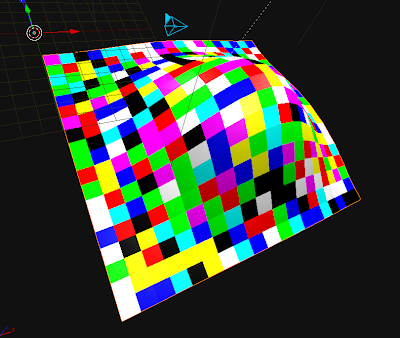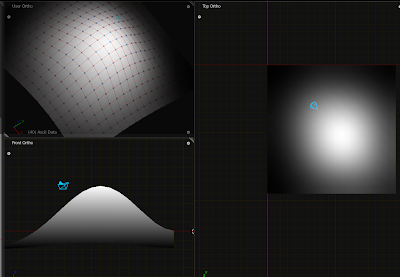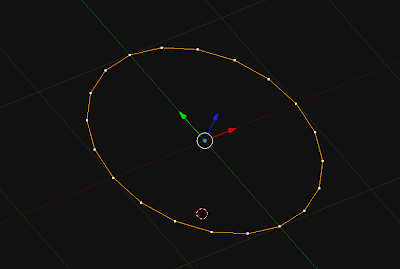# must be in object mode
# with no verts selected on the object.
import bpy
import random
from mathutils import Vector
index_list = []
tracker_list = []
for i in bpy.context.active_object.data.edges:
index_list.append(i.vertices[0])
index_list.append(i.vertices[1])
tracker_list.append([i.vertices[0], i.vertices[1]])
# rudimentary numeric sorting, came in handy for debugging, but
# not essential for operational code.
sorted_list = sorted(index_list)
# use a set to eliminate multiples fast
sorted_set = set(sorted_list)
# track all verts with 4 or more other verts attached, store as list_internals
list_internals = []
for num in sorted_set:
if sorted_list.count(num) >= 4: # quad mesh only.
list_internals.append(num)
'''
# this selects all internal geometry.
for i in list_internals:
bpy.context.active_object.data.vertices[i].select = True
'''
print("="*20)
# store the length of the shortest connected edge, for each internal vertex
min_length_list = []
meshdata = bpy.context.active_object.data.vertices
for vert in list_internals:
# find each edge that uses this vert
# print(vert, "used in")
temp_storage = []
for pair in tracker_list:
if vert in pair:
vec1 = meshdata[pair[0]].co
vec2 = meshdata[pair[1]].co
dist = (vec1-vec2).length
temp_storage.append(dist)
# print(pair, "length is", dist)
shortest_attached_edge = min(temp_storage)
# print("shorted length is: ", shortest_attached_edge)
# store [vertnum, shortest_attached_edge]
min_length_list.append([vert, shortest_attached_edge])
for i in min_length_list:
print(i)
# randomize to .4 or shortest edge.
def randomize_vector(vector_in, amount):
amount = amount * 0.2
# random.uniform(0.7, 1.3)
vecx = random.uniform(vector_in.x-amount, vector_in.x+amount)
vecy = random.uniform(vector_in.y-amount, vector_in.y+amount)
vecz = random.uniform(vector_in.z-amount, vector_in.z+amount)
return Vector((vecx, vecy, vecz))
for i in min_length_list:
print(meshdata[i[0]].co, "randomize by ", 0.4*i[1] )
newvec = randomize_vector(meshdata[i[0]].co, 0.4*i[1])
print(newvec)
meshdata[i[0]].co = newvec

becomes











